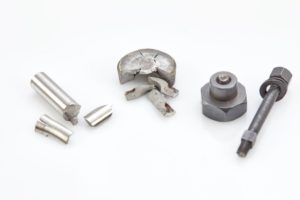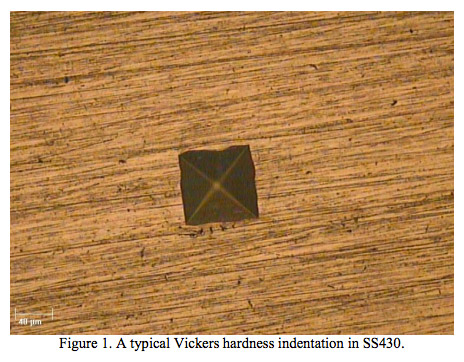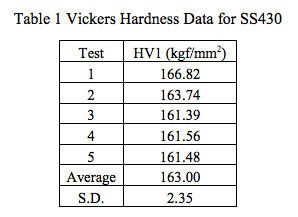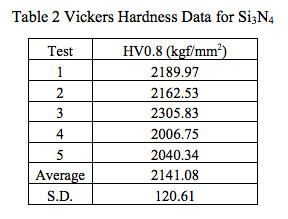- Lab Services
- Chemical
- Color Measurement
- Contact Angle
- Gloss Measurement
- Liquids
- Mechanical
- Abrasion
- AFM
- Contact Stylus Surface Roughness Analysis
- Depth Profiling
- Express Property Mapping through Accelerated Nanoindentation
- Macroscratch
- Microindentation
- Microscratch
- Modulus Mapping
- NanoDMA
- Nanoindentation
- Nanoscratch
- Rheology
- Scratch Testing ISO 1518
- Shore A and Shore D Hardness
- Universal Testing Machine
- Metallurgy
- Microscopy
- Particle Size
- Peel Strength
- Pore Size
- Surface Roughness & 3D Topography
- Technical Consulting
- Thermal
- Tribological
- X-Ray Diffraction
- Zeta Potential
- Products
- Industries
- Resources
- About Us
- Testimonials
- Contact Us


 Metals and alloys are some of the most abundant materials in manufacturing today. Current trends are using different processing techniques to maximize desired properties for individual projects. Metals and alloys are consistently used in construction, medical devices, manufacturing of small parts, and many other applications. At Ebatco, material testing is handled by our skilled team of laboratory scientists. Our laboratory scientists use the utmost care when handling customer samples, conducting material testing efficiently and accurately, and prepare professional reports that give results both numerically and graphically. The services and data that Ebatco provides will integrate well into any company’s development or verification plan.
Metals and alloys are some of the most abundant materials in manufacturing today. Current trends are using different processing techniques to maximize desired properties for individual projects. Metals and alloys are consistently used in construction, medical devices, manufacturing of small parts, and many other applications. At Ebatco, material testing is handled by our skilled team of laboratory scientists. Our laboratory scientists use the utmost care when handling customer samples, conducting material testing efficiently and accurately, and prepare professional reports that give results both numerically and graphically. The services and data that Ebatco provides will integrate well into any company’s development or verification plan.








